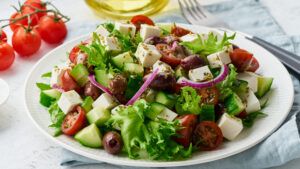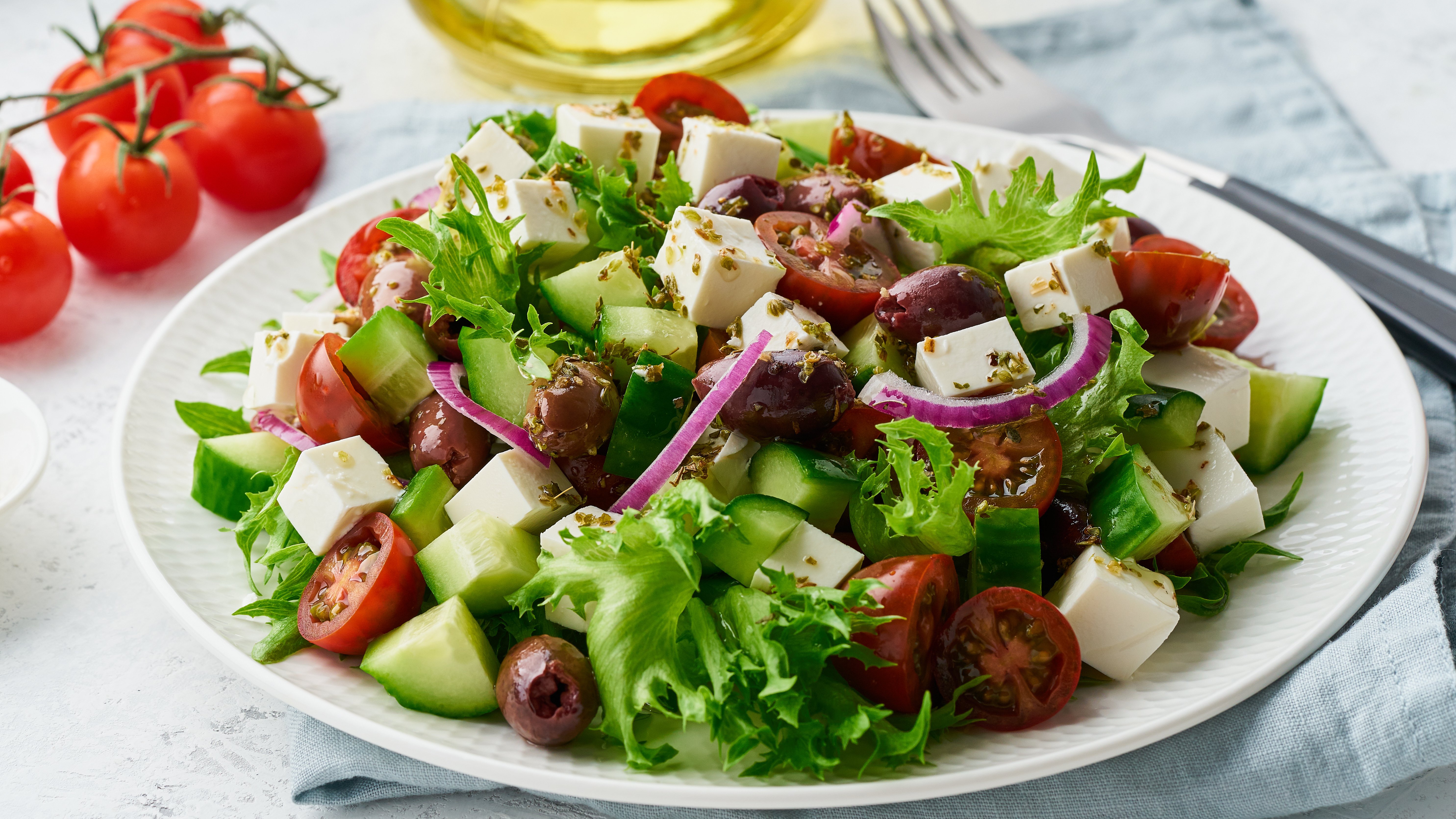
Salt/ salt content of food
From low carb to high carb, low fat to high fat. intermittent fasting, and detox of every major, the is diet for everyone. However, regardless of the diet you decide to try out, if you have high blood pressure you need to be very mindful of the amount of salt in the food you eat.
If you are prone to have high blood pressure, or you
Salt & sodium
When you talk about spices and all the little ingredients we add to our food to make it taste better, inevitably we talk about sugar and salt. While sugar is mostly used when cooking something sweet, usually desserts, salt is used in almost every dish we make. Even when we don’t add it, we are still consuming it. This is because salt and other ingredients rich in sodium are used in many canned and processed foods.
We often hear how too much salt is bad for our health because it increases our blood pressure causing many other issues and health problems. During these discussions we often hear two terms: salt and sodium.
Since people quite often use these two terms salt and sodium interchangeably, many people believe that salt and sodium are roughly the same; however, they aren’t the same.
Salt (by which we mean the table salt) is a mineral primarily composed of sodium chloride (NaCl): or to be more precise, the table salt consists of 40% sodium and 60% chloride.
Usually, 90% of the sodium we consume comes in the form of sodium chloride, and lesser part from sodium bicarbonate (also known as baking soda). Sodium is a soft, silvery-white, highly reactive metal. Salt and other similar sodium-containing ingredients are used in almost all food (especially processed, canned food) because they help to preserve that food as well as enrich its texture, color, and taste. Nevertheless, the fact that it is used a lot in the preparation of food, doesn’t make this ingredient healthy. In fact, we need to be careful with the dose of sodium we take because it can cause some serious health issues.
How does sodium influence our blood pressure and body?
Probably you have heard this from the doctor and from many nutritionists or people who are careful with what they consume, that sodium is not healthy it can be quite dangerous, and we need to limit our intake of it if we want to avoid having serious health issues. And you wonder is it another exaggeration or is this true?
So, how dangerous is sodium?
The answer is deadly dangerous: a new study estimates 1.65 million deaths a year are attributable to sodium intake. And this is not just an American issue, it is a global issue. According to a new study published in the New England Journal of Medicine, people worldwide consume an average of 3,950 milligrams of sodium a day. Of course, there is a difference and this number varies from 2000 to 5500 milligrams depending on which region and country we are talking about, but still, the global average, 3950 milligrams is almost double of what the World Health Organization recommends: no more than 1,500 (maximum 2000 mg) per day for most adults. In comparison, on average, Americans eat more than 3,400 milligrams of sodium each day, which is more than double the recommended dose.
This difference in what our body needs and how much we actually consume sodium, leads to shocking, devastating statistics: about 1.65 million deaths from cardiovascular disease each year can be attributed to sodium consumption. This puts sodium in the spotlight, marking it as the serious causer of several major deadly diseases.
How does sodium affect our blood pressure and our body?
When we consume sodium, it enters our bloodstream and wrecks its delicate balance: our kidneys are responsible for holding and releasing water, but when we consume more sodium, sodium influences our kidneys and they start to store/hold on to more water.
Our kidneys use osmosis – a delicate process that relies on the balance of sodium and potassium to pull the water across a wall of cells from the bloodstream into a collecting channel that leads to the bladder to draw the extra water out of our blood. When the delicate balance of sodium /potassium is interrupted because of excess sodium, the process of osmosis is interrupted as well and our kidneys are not able to properly reduce the extra fluids.
The extra water is extra fluid and extra strain on the delicate blood vessels leading to the kidneys. As a result, our blood pressure rises.
With time, this extra strain caused by excess sodium damages our kidneys; furthermore, the extra strain raises our blood pressure, and our arteries try to cope with this extra pressure by becoming stronger and thicker; and this is far from ideal as when the arteries become stronger and thicker the space inside them becomes even smaller, which makes blood circulation even heavier, which raises the blood pressure even more. This cycle of increasing blood pressure leads to arteries bursting or becoming so narrow that they clog entirely; this further leads to our heart getting less blood, causing additional troubles and hearth issues such as angina.
If we lower the sodium intake, the blood pressure will lower as well, and this may help to alleviate some of the problems and reduce the risk of greater damage.
However, if this doesn’t happen, then the sodium will continue to make our kidneys store extra water, and when the extra water is stored in our body instead of released, our blood pressure will continue to get increased which will continue to put strains on our kidneys, arteries, heart, and brain, leading to inevitable severe issues with these organs.
How to lower the sodium intake?
- Be aware of the nutritional facts of the food you are consuming, and know which food is rich in sodium and which not so much.
- Buy fresh meats, fruits, vegetables and avoid buying processed canned food.
Even if you buy processed food, be aware of the sodium content they have by reading the Nutrition Facts label. - Buy sauces, soups, canned food that is labeled to have low levels of sodium,
- Rinse all canned foods which contain sodium, regardless if it is veggies, tuna, beans, etc.
- Cook your own food and avoid eating already prepared food.
- When cooking, instead of adding salt, try using different spices and herbs (like oregano, garlic, cilantro, coriander, rosemary, etc.) that will give extra flavor to the dish without adding sodium.
- Reduce the portion size of the naturally sodium-rich foods.
Which products have high sodium content?
If you want to lower your blood pressure quickly then you need to become obsessive of the hidden sodium. The more processed the food is, the higher the sodium content.. That’s because sodium is used as a way to preserve the food and make it last longer. Here is a list of foods high in sodium:
List of unexpected products rich in sodium:
• Canned vegetables: asparagus, (1/2cup of serving has 310 mg sodium) and peas (1/2 cup of serving has 346mg of sodium)
• Tortillas: 8-inch flour tortilla has 391 mg of sodium;
• Pretzels: 2 ounces serving of pretzels has 644 mg of sodium;
• Pickles: 1 ounce (single one pickle) has 241 mg of sodium;
• Tomato sauce: ¼ cup has 321 mg of sodium;
• Bagels: a grocery store size bagel has 400mg of sodium;
• White bread: 1 (25g) slice has 122.8 mg of sodium;
• Rye bread: 1(25g) slice has 150.8 mg of sodium;
• Whole-wheat bread: 1 (25g) slice has 112mg of sodium;
• Biscuits: 1 ounce of biscuits serving has 164.4 mg of sodium;
• Soy sauce: 1 tablespoon serving has 1,024mg of sodium;
• Barbeque sauce: 1 tablespoon serving has 175 mg of sodium;
• Boxed potato casseroles: 2/3-cup cooked serving — has 450 mg of sodium;
• Cottage cheese: ½ cup serving has roughly 400mg of sodium;
• Instant oatmeal: 1-ounce serving has 86.7 mg of sodium;
• Cereal: ½ cup has 280mg of sodium;
• Pasta sauces: for example Ragu Old World Style Traditional Sauce flavored with meat, has 480 mg per half-cup;
• Salad dressings: typical salad dressing has more than 200mg of sodium per serving;
• Cocktails: one Bloody Mary cocktail can have 650 mg of sodium.
ØList of usual products rich in sodium:
• Processed meat: ham, bacon, salami, pepperoni, jerky, pork rinds, hot dogs and sausages
These products: ham, bacon, salami, pepperoni, jerky, pork rinds, hot dogs and sausages are especially high in sodium because a large amount of sodium-containing ingredients are used in the production process. Here is the amount of sodium these foods have:
o Ham – 3-ounce (85-gram) serving of roasted ham averages 1,117 mg of sodium;
o Pork rinds – 3-ounce serving of pork rinds has 1545 mg of sodium;
o Jerky (beef) – 3-ounce serving has 1860 mg of sodium;
o Salami – 2-ounce serving of salami has 1016 mg of sodium;
o Hot dogs – a hot dog or bratwurst link averages of 578 mg of sodium;
o Bacon – 1 slice (8g) of bacon pan-friend has 137.4 mg of sodium;
o Pepperoni – 3-ounce serving of pepperoni has 1479.3 mg of sodium;
o Sausage – 3-ounce of sausage can have from 500-1500 mg of sodium, depending on which type of sausage it is;
• Sandwiches, Toasts, Pizzas, Fast foods;
They have multi ingredients, and like many multi ingredients foods, they are rich in sodium, because the bread, processed meat (or ham, salami, etc.) and processed cheese are all foods rich in high sodium. When combined, all these ingredients add up quickly the sodium intake. Here are some examples of typical sandwiches, pizzas or fast food:
o Frozen Pizza – a large, 140-gram slice of store-bought, frozen pizza averages 765 mg of sodium;
o Submarine Sandwich – a six-inch submarine sandwich made with cold cuts averages 1,127 mg of sodium,
o McDonald’s Bacon – Bacon Smokehouse Buttermilk Crispy Chicken from McDonald’s averages of 1980 mg of sodium;
o McDonald’s Breakfast – Big Breakfast with Hotcakes from McDonald’s averages of 2100 mg of sodium;
o Domino Pizza – 1 Slice of Domino’s 14″ cheese pizza has 554.4mg of sodium;
o KFC meal, – for example, one extra crispy breast, one extra crispy drumstick, a single serving of mashed potatoes and gravy, and a 20oz. soft drink total more than 800 calories, 34 fat grams, and over 1,700 mg of sodium.
• Canned Meats, Poultry, Seafood
Canned meats are higher in sodium than their fresh counterparts, so:
- Canned tuna – 3 ounce serving of canned tuna has 247 mg of sodium;
- Canned chicken or turkey – 3 ounce serving of canned tuna or turkey has 212-425 mg of sodium;
- Canned beef or pork – 3 ounce serving of canned beef or pork has 794 – 1393 mg of sodium;It is best that you avoid them, but if you can’t then you need to know that FDA has set a limit of 600 mg of sodium for a frozen meal to qualify as healthy. So you can use this to orient when reading the label to see whether a certain frozen meal you should buy or not.
- • Frozen Meals
